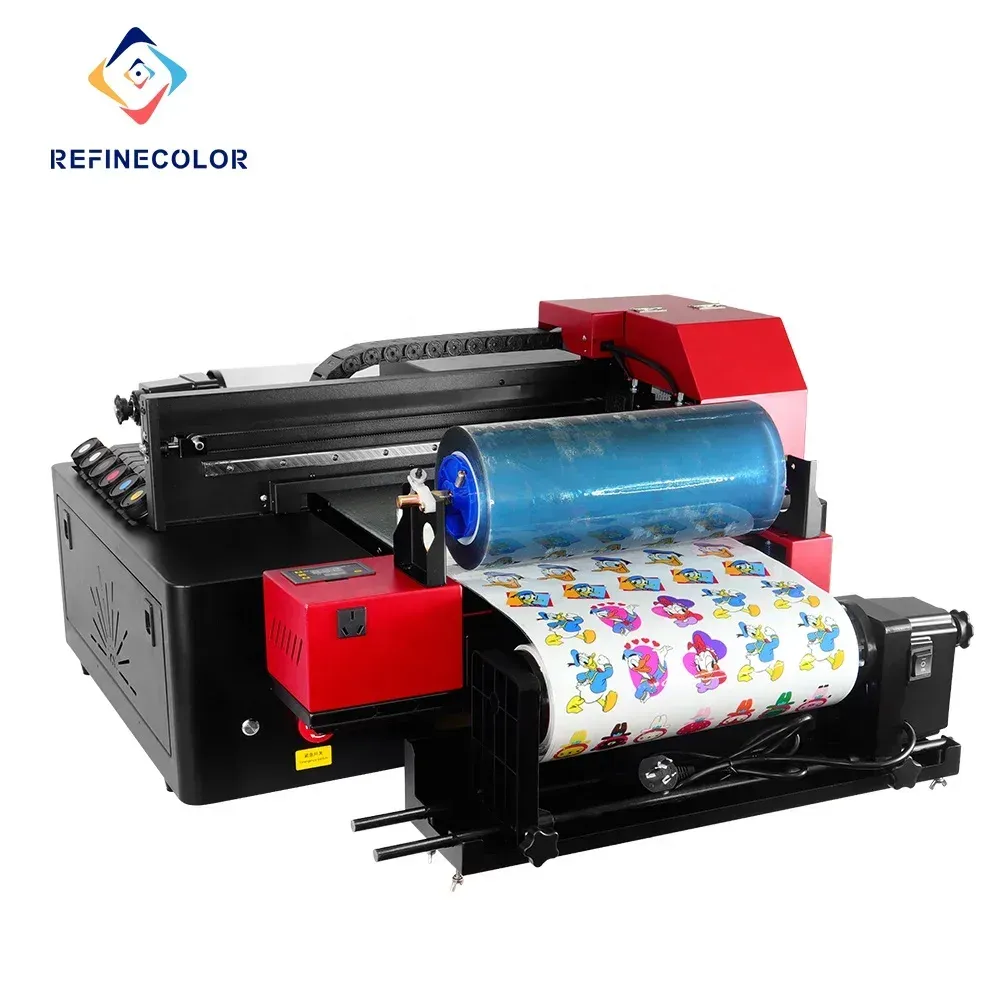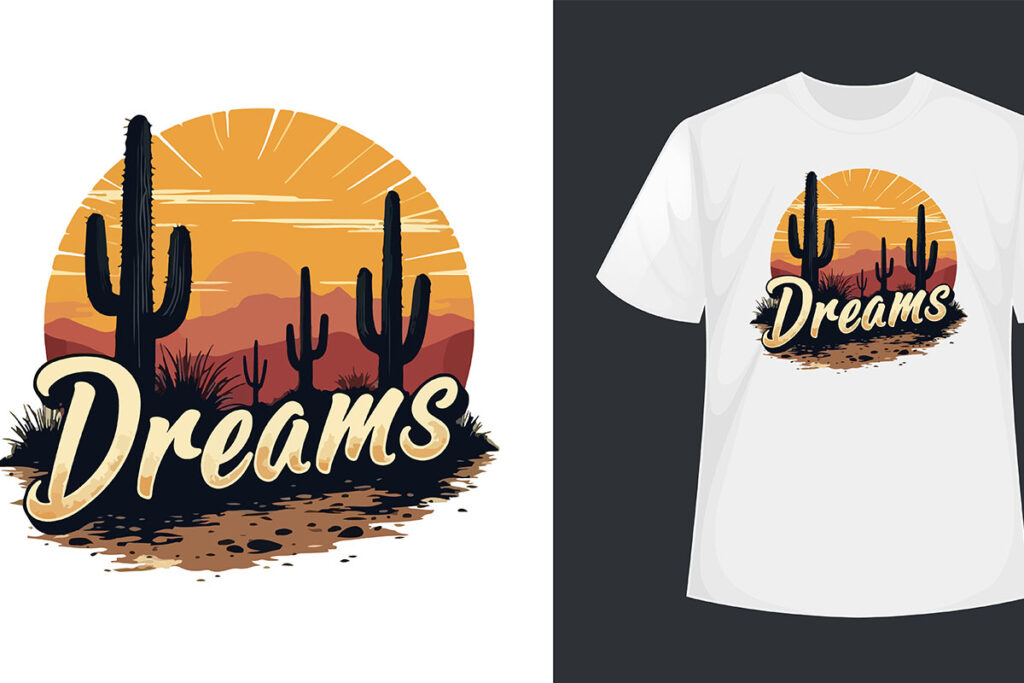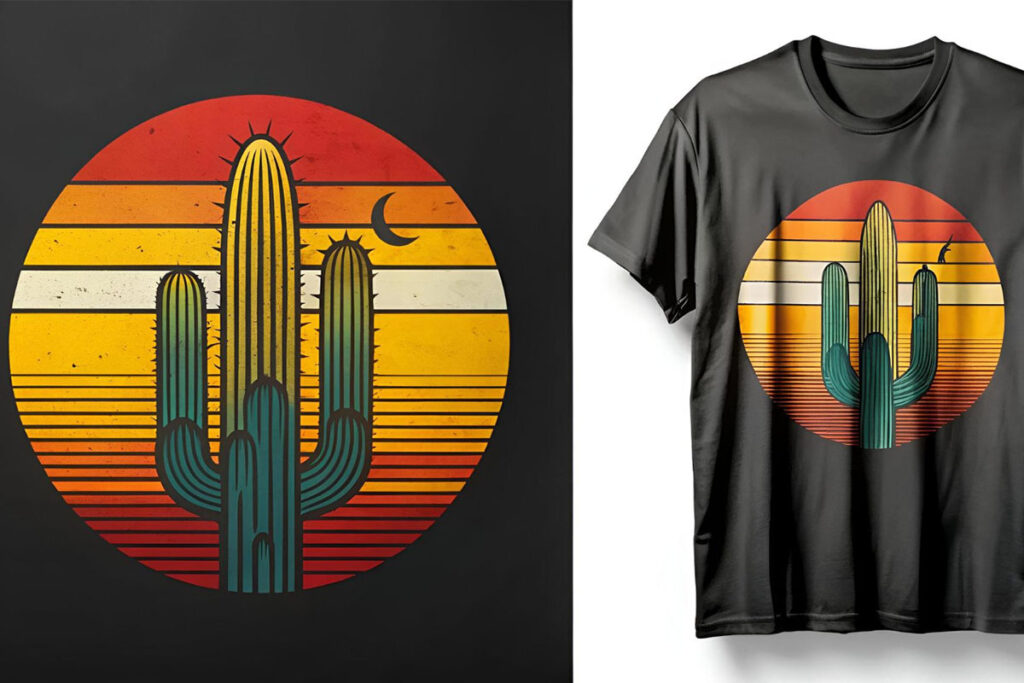In recent years, the printing industry has seen a remarkable transformation with the emergence of UV DTF (Direct to Film) printing technology. This state-of-the-art method harnesses the power of ultraviolet light to cure inks instantly, significantly enhancing the speed and efficiency of print production. By merging the advantages of DTF processes with rapid UV curing, UV DTF offers print shops unprecedented versatility in their service offerings. From textiles to wood and metal, this innovative printing solution adapts to various substrates, catering to diverse customer needs. In this blog post, we will explore the fundamentals of UV DTF technology and its expansive benefits for print shops, showcasing how it is set to redefine industry standards for quality and efficiency.
UV DTF printing, also known as Direct to Film technology with ultraviolet curing, is revolutionizing the way print shops operate and meet client requirements. This exciting innovation in print shop technology combines the rapid curing capabilities of UV light with the flexibility of direct film applications, providing efficient solutions for diverse printing needs. The significant advancements introduced by UV printing not only enhance the quality of prints but also offer compelling advantages in terms of speed and durability. As the printing industry embraces these innovations, UV DTF serves as a beacon of evolution, paving the way for new opportunities within the market. Understanding the impact and potential of this technology is essential for businesses aiming to stay competitive and responsive to changing consumer demands.
Understanding UV DTF Printing Technology
UV DTF printing technology represents a cutting-edge fusion of traditional direct to film techniques with ultraviolet curing processes. This method utilizes UV light to cure inks immediately upon application to a special film, enhancing the production speed and allowing for vibrant, long-lasting prints. Unlike older technologies, UV DTF facilitates the printing on a variety of substrates such as textiles, ceramics, plastics, and even metals. The significance of this advancement cannot be overstated, as it meets the growing consumer demand for efficient and customizable printing solutions in the modern marketplace.
As businesses strive to keep up with rapid consumer trends, UV DTF emerges as a versatile solution that opens up numerous possibilities. This technology streamlines the production process by significantly shortening drying times, which in turn boosts productivity and allows print shops to handle larger volumes of work with ease. By integrating UV DTF into their service offerings, print shops not only boost their operational efficiency but also improve their competitive standing in an increasingly saturated market.
The Key Benefits of UV DTF
One of the most significant advantages of UV DTF printing lies in its versatility. Print shops can utilize this technology across a broad spectrum of materials, making it suitable for varied applications, from apparel to promotional merchandise to specialized packaging. This adaptability allows businesses to cater to unique consumer preferences and market demands, ultimately expanding their client base and enhancing service offerings. Additionally, the capability to print on unusual or difficult substrates further sets UV DTF apart from traditional printing methods.
Furthermore, the durability of prints produced with UV DTF technology is noteworthy. The UV-cured inks exhibit remarkable resilience against environmental factors such as UV rays, moisture, and physical abrasion. This durability ensures that products maintain their quality over time, proving to be a compelling advantage in an age where customers seek value and longevity in their purchases. The combination of versatility and durability positions UV DTF as a superior printing solution, meeting the evolving standards of today’s consumers.
Speed and Cost Efficiency in UV DTF
Speed and efficiency are crucial factors in the modern printing industry, and UV DTF technology excels in both areas. Traditional printing methods often grapple with lengthy drying times, resulting in delayed project completion and unsatisfied customers. In contrast, UV DTF printing instantly cures ink under UV light, enabling print shops to turn around projects in a fraction of the time. This speed allows businesses to maximize their output and capitalize on more job opportunities without compromising quality.
Cost efficiency is another compelling factor for adopting UV DTF technology within print shops. The precise nature of this printing technique minimizes material waste, which positively impacts overall production costs. As print shops strive to maintain profitability in a competitive environment, the ability to reduce expenses while increasing output becomes a game-changer. Consequently, businesses that integrate UV DTF not only enhance their service capabilities but also secure their position as economically viable players in the printing industry.
Customization and Personalization with UV DTF
The rise of customization in consumer products has led to a new wave of opportunities for print shops equipped with UV DTF technology. By allowing for easy printing of unique designs on-demand, this innovative method empowers customers to create personalized items that reflect their tastes and preferences. This capability can range from custom apparel to promotional materials, helping businesses cater significantly to individual buyer demands while boosting brand loyalty.
Moreover, the flexibility of UV DTF printing technology facilitates small runs of personalized products without the burden of high setup costs typically associated with traditional printing methods. This accessibility encourages businesses to explore a variety of customization options, which can be a powerful differentiator in a competitive landscape, ultimately attracting a broader customer base eager for unique and tailored offerings.
The Future of UV DTF Printing
The future of UV DTF printing technology looks exceptionally bright, marked by continuous advancements that promise to enhance its capabilities. Innovations in ink formulations are already underway, focusing on enhancing color richness and print durability, which could redefine quality standards in the printing industry. As manufacturers invest in research and development, the expectation is that print shops will benefit from superior products that meet the increasingly complex demands of consumers.
In addition to improved ink technologies, advancements in printing speed and substrate compatibility are also on the horizon. The anticipated increase in printing speeds will further augment productivity levels, allowing print shops to meet tighter deadlines effectively. Furthermore, as new materials are explored and integrated into the UV DTF printing process, print shops will have even greater freedom to experiment and innovate, potentially leading to entirely new product categories and market opportunities.
Trends and Innovations in the Printing Industry
The printing industry is currently experiencing a period of transformation, driven majorly by innovations such as UV DTF printing. As more print shops adopt this technology, there is a noticeable shift in market trends toward more digital and flexible printing solutions. This rapid evolution emphasizes the need for print providers to invest in modern equipment and train their workforce to stay competitive and meet customer expectations.
Moreover, the industry’s focus on sustainability is also influencing trends in printing technology. As print shops seek to reduce waste and improve energy efficiency, UV DTF’s precise application and low material consumption make it an attractive option. With sustainability becoming a paramount concern for consumers, aligning business practices with eco-friendly methodologies can provide a competitive advantage.
Frequently Asked Questions
What is UV DTF printing and how does it work?
UV DTF printing, or Direct to Film printing, utilizes ultraviolet light to cure inks instantly as they are applied to a special film. This process enables high-quality prints on diverse substrates like textiles, wood, glass, and metal, significantly improving turnaround times compared to traditional printing methods.
What are the key advantages of UV DTF printing for print shops?
The key advantages of UV DTF printing include its versatility to print on various materials, exceptional durability against fading and scratches, and rapid production times due to immediate ink curing. These features make it an efficient choice for print shops looking to enhance service offerings and meet diverse customer demands.
How does UV DTF printing enhance customization opportunities for businesses?
UV DTF technology offers print shops the ability to cater to personalized and custom orders, allowing the creation of unique merchandise for promotional items or gifts. This customization capability enables businesses to differentiate themselves in a competitive market and foster customer loyalty.
What makes UV DTF prints more durable compared to traditional printing methods?
UV DTF prints are more durable because the UV-curing process creates a tough finish that is resistant to scratches, fading, and environmental factors. This durability ensures high-quality products suitable for both indoor and outdoor applications, appealing to customers seeking long-lasting prints.
How does UV DTF technology contribute to cost-efficiency in the printing process?
UV DTF technology enhances cost-efficiency by minimizing material waste through precise prints that need little setup time. Its quick curing capabilities allow print shops to complete more jobs daily, maximizing machine usage and increasing revenue potential.
What innovations are expected to shape the future of UV DTF printing?
Future innovations in UV DTF printing are expected to focus on improved ink technologies for richer colors, faster printing speeds to boost productivity, and expanded substrate capabilities to explore new markets. These advancements will continue to redefine the print industry and enhance customer satisfaction.
| Key Point | Description |
|---|---|
| What is UV DTF Printing? | A printing technique that uses UV light for instant ink curing, allowing for quick turnaround and application on various substrates. |
| Key Advantages | Versatility: Can print on diverse materials like textiles, wood, glass, and metal. |
| Durability: UV DTF prints resist fading and scratches, making them suitable for various applications. | |
| Speed and Cost-Efficiency: Faster production times reduce waste, enhancing efficiency and sustainability in printing. | |
| Customization Opportunities | Enables personalized products, catering to specific customer preferences with unique merchandise. |
| Diverse Product Range | Supports a wide variety of product categories from apparel to industrial applications, attracting new clients. |
| Competitive Edge | Positions print shops as industry leaders by offering innovative solutions that outshine traditional methods. |
| Future Prospects | Anticipates improved ink technologies, faster printing speeds, and expanded substrate options for print shops. |
Summary
UV DTF technology marks a revolutionary step in the printing industry, redefining how print services meet consumer demands. By leveraging fast-curing UV light and direct-to-film techniques, it offers unmatched versatility, durability, and speed. Print shops utilizing UV DTF can cater to a diverse range of materials, produce high-quality prints that withstand the test of time, and manage production efficiently. As industries continue to embrace these advancements, UV DTF is set to create expansive opportunities, helping print businesses enhance their service offerings and competitive positioning.



